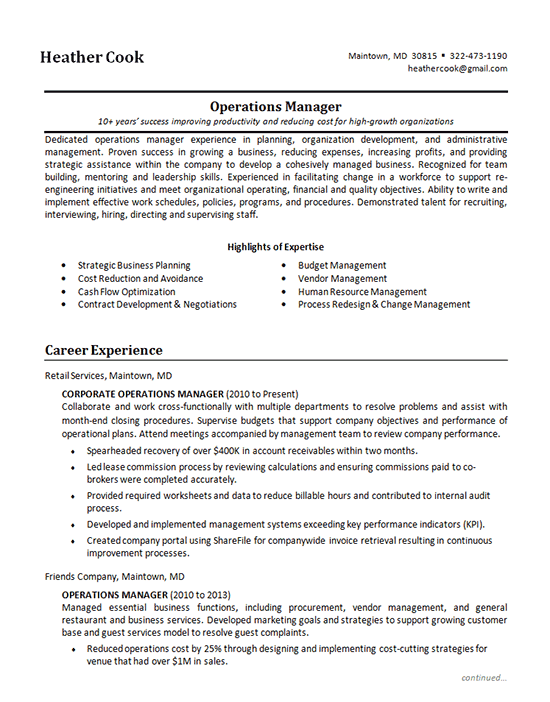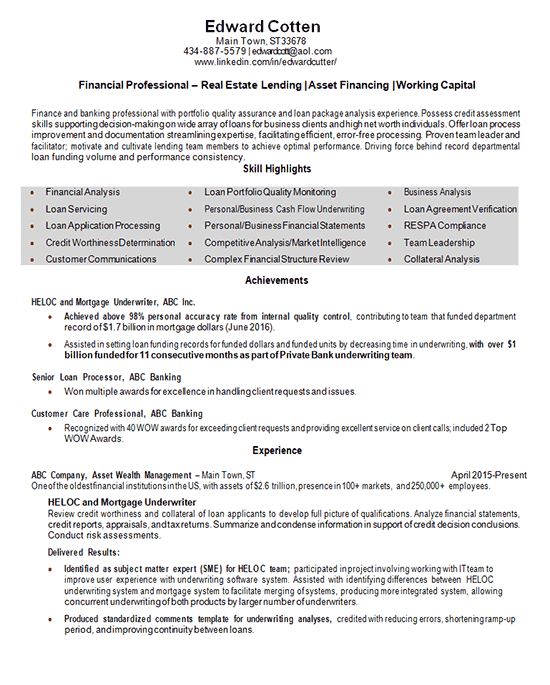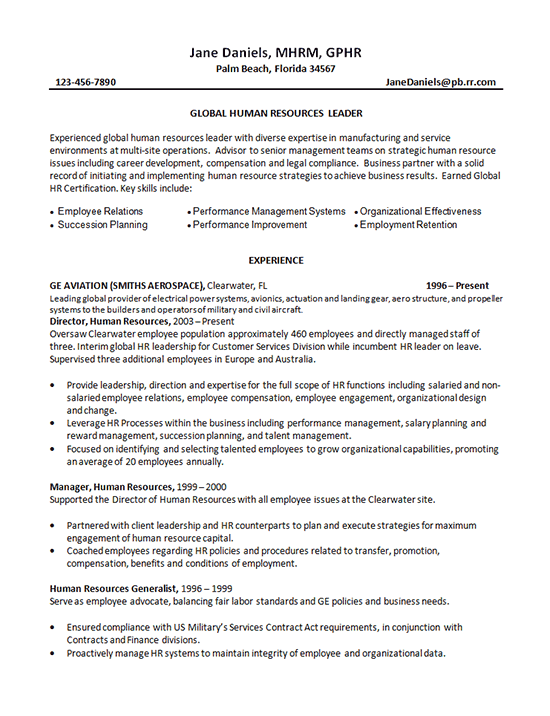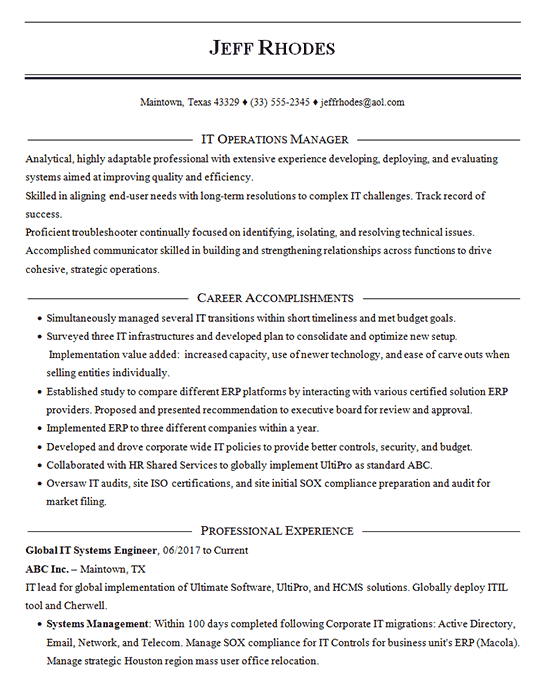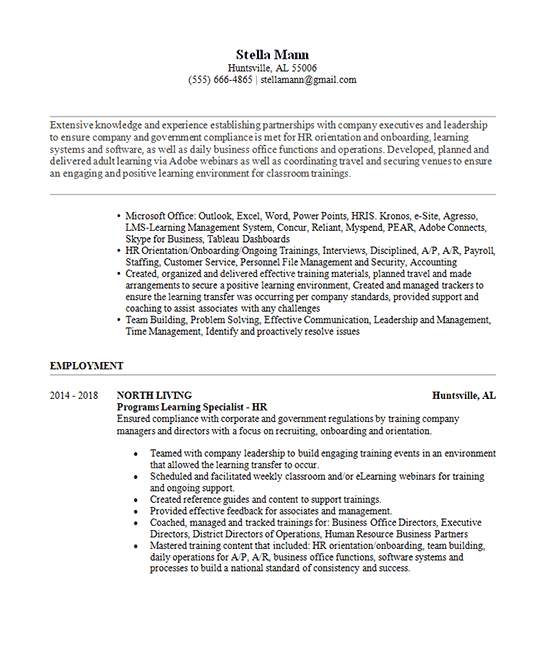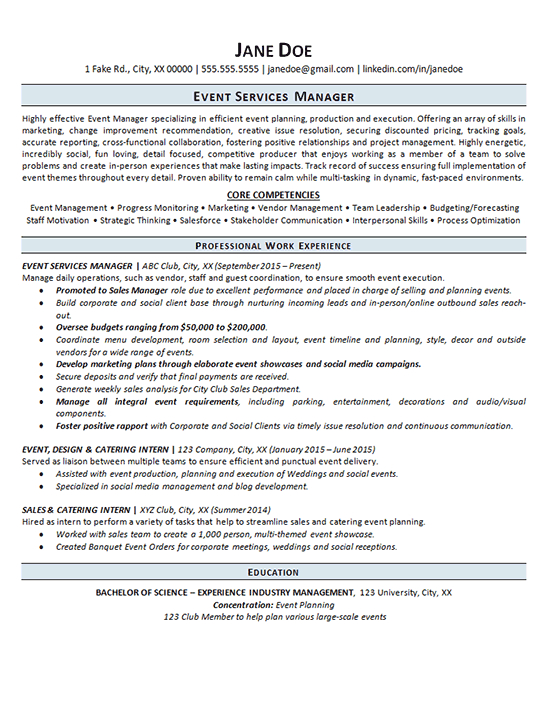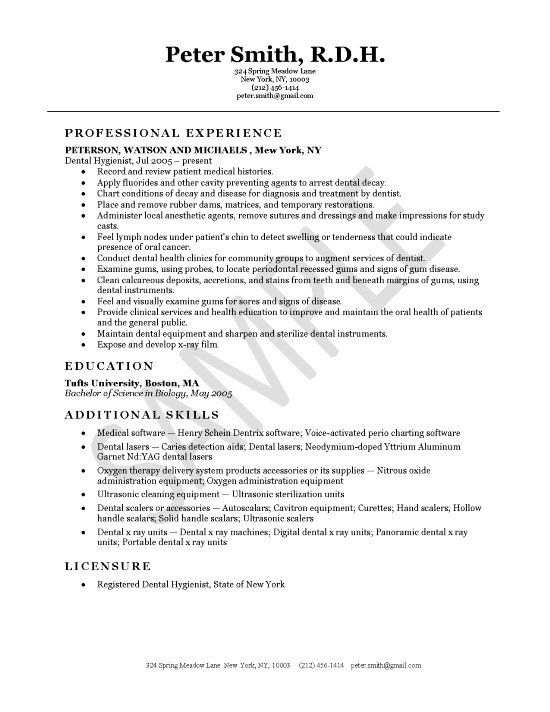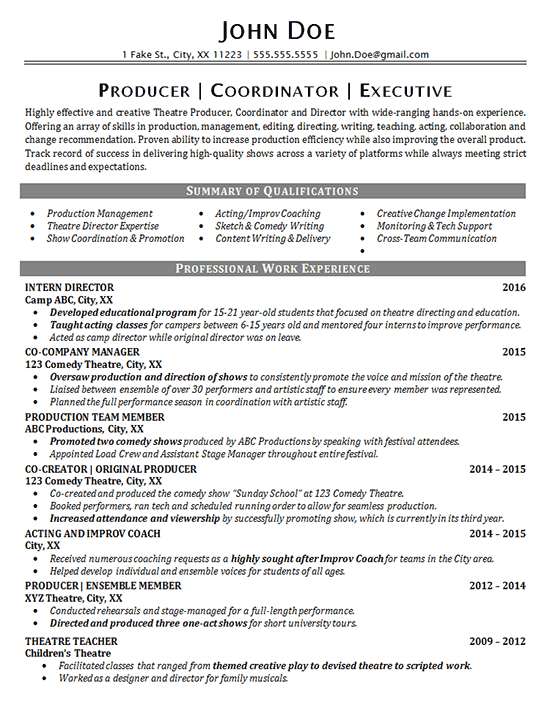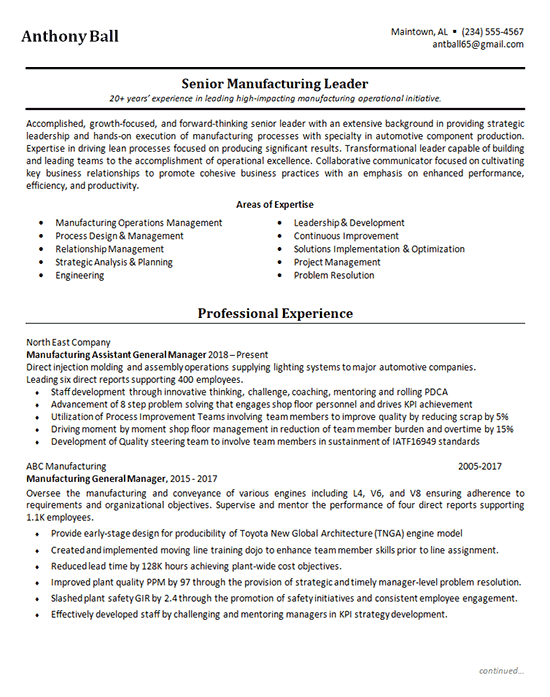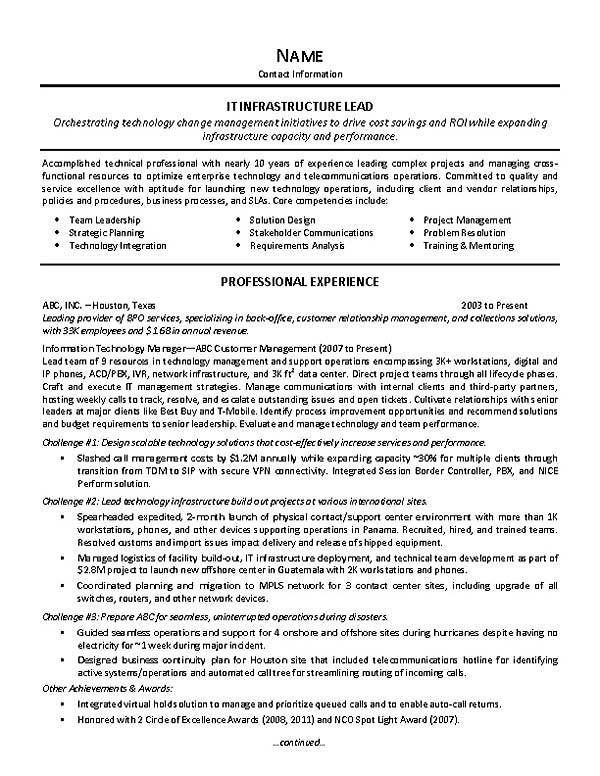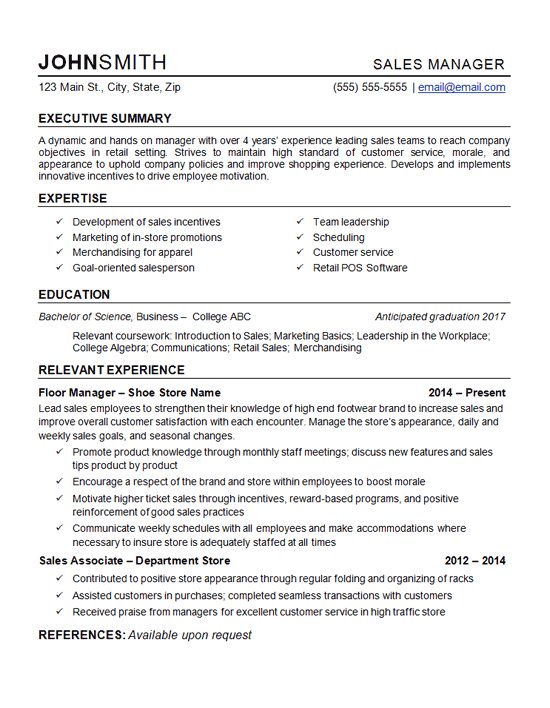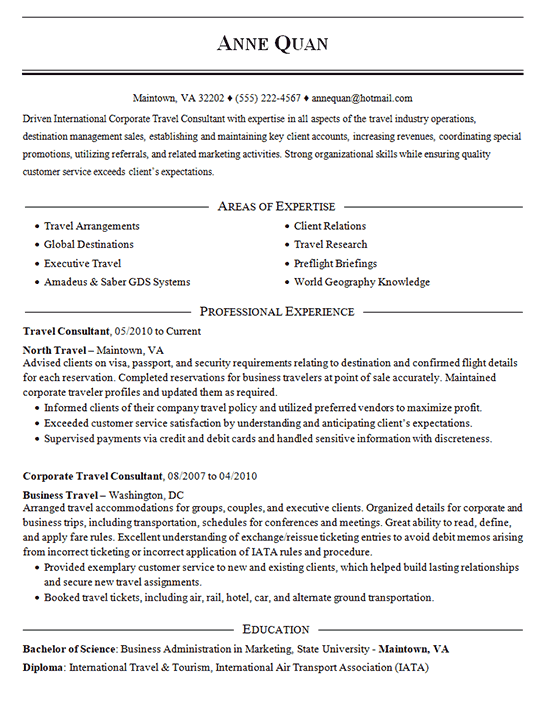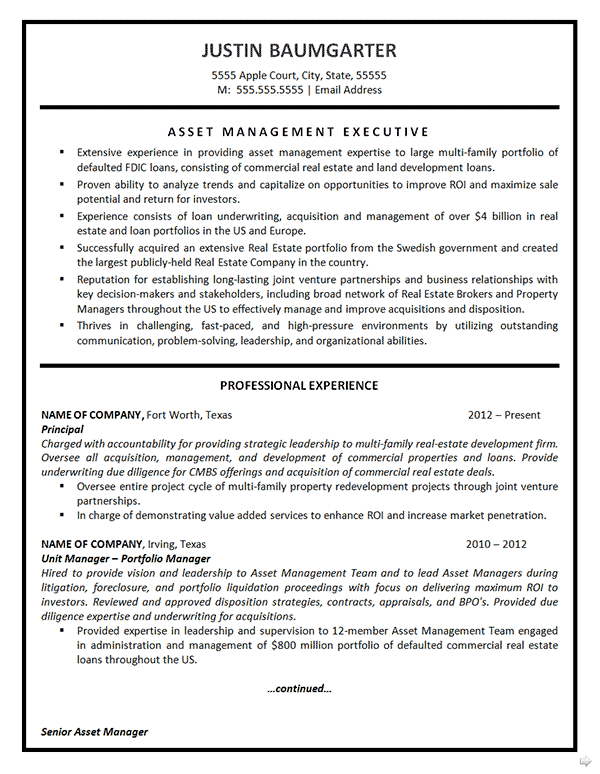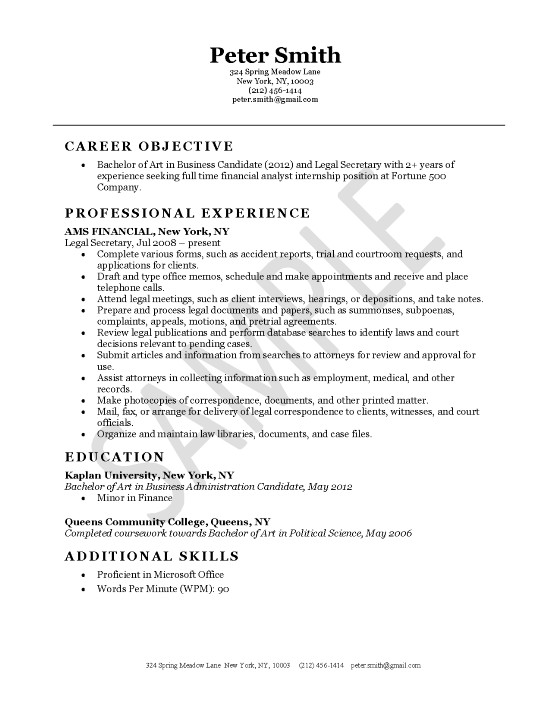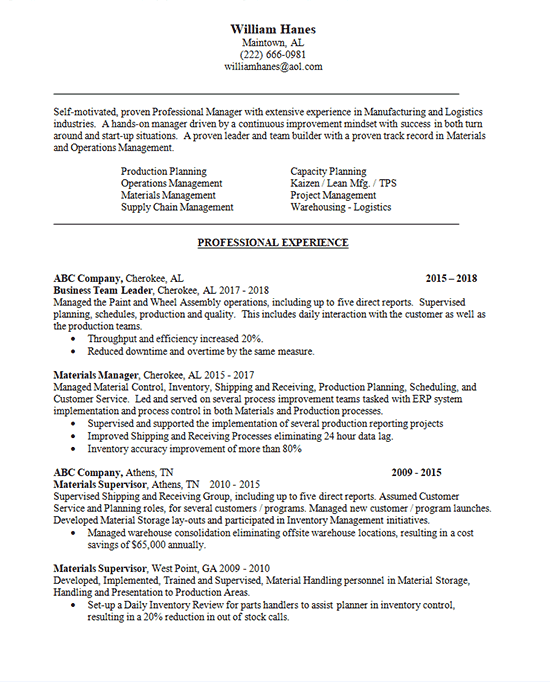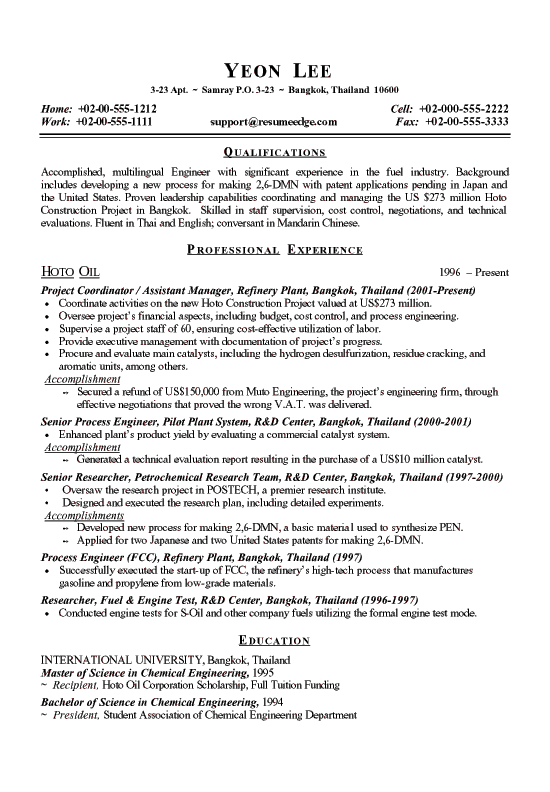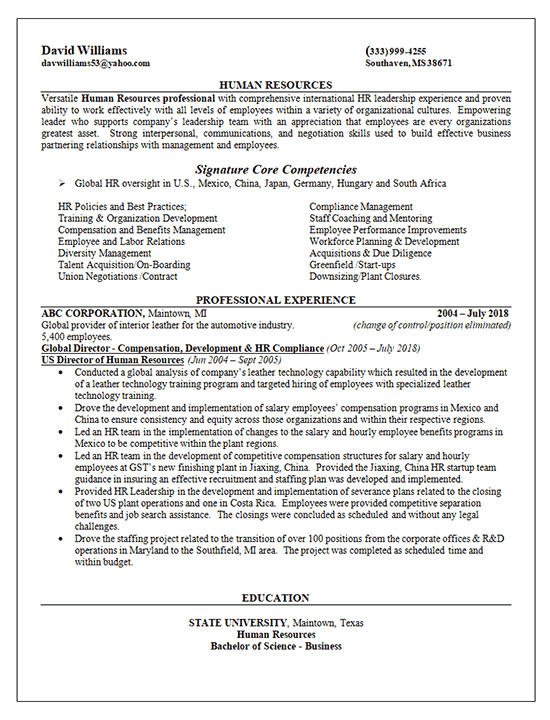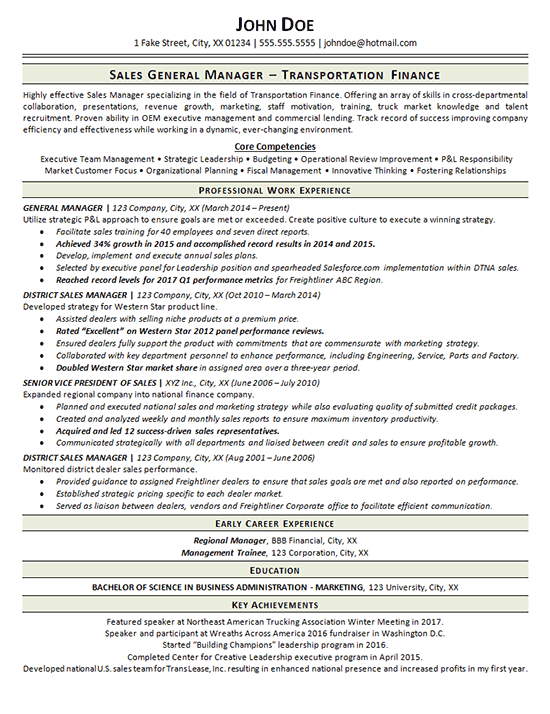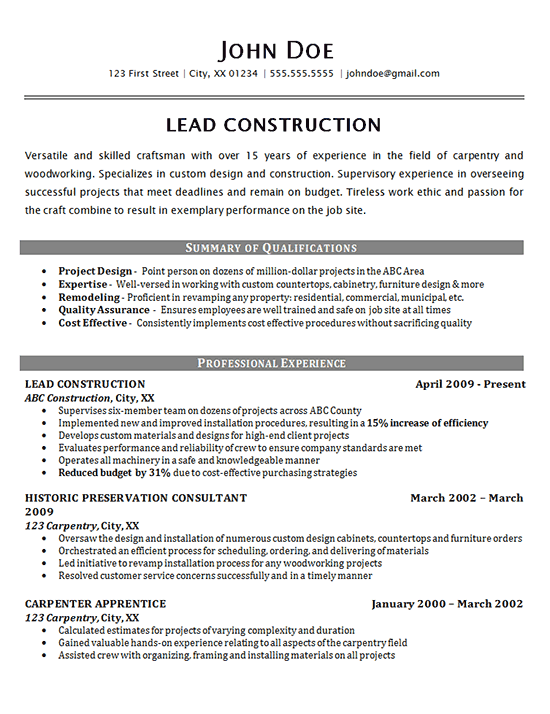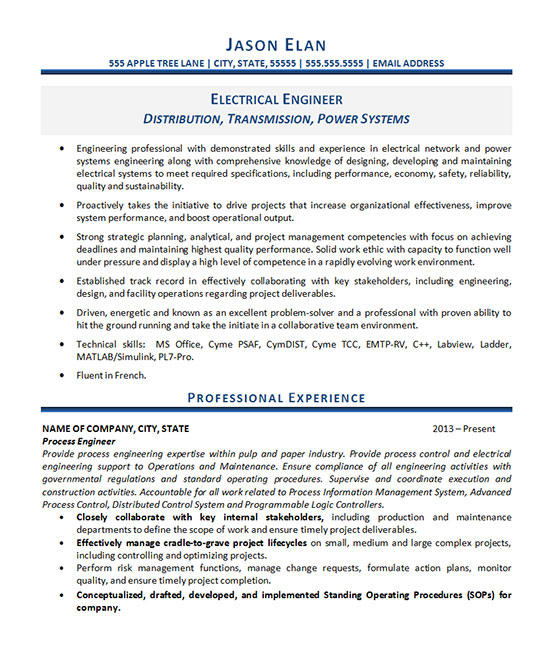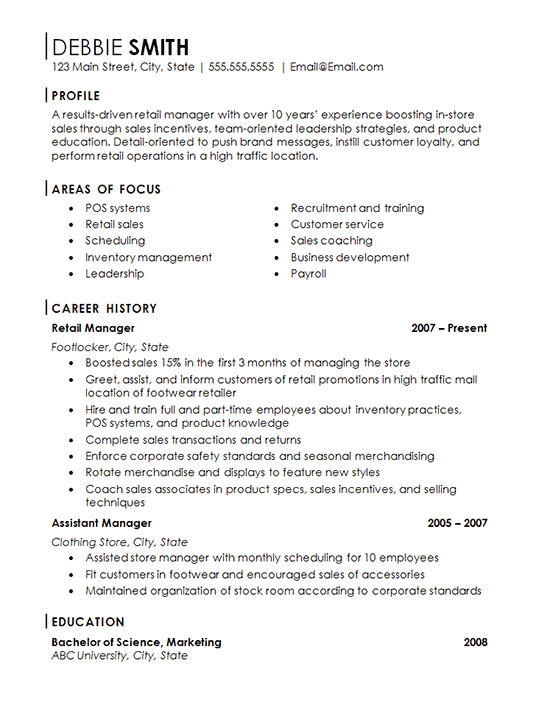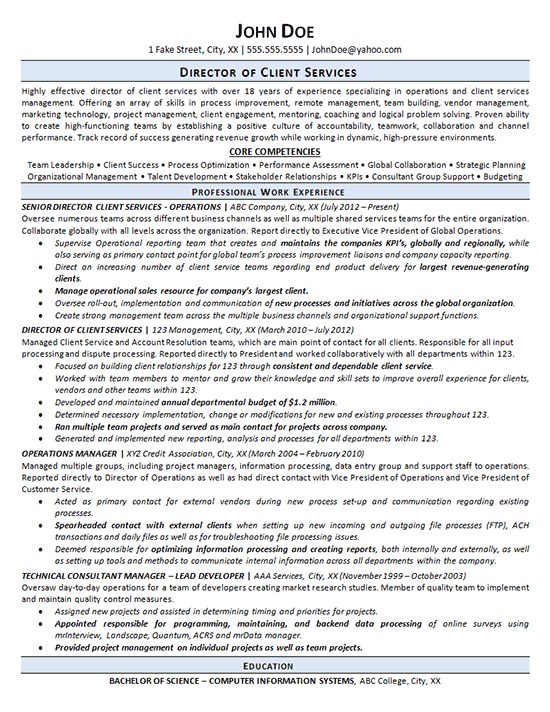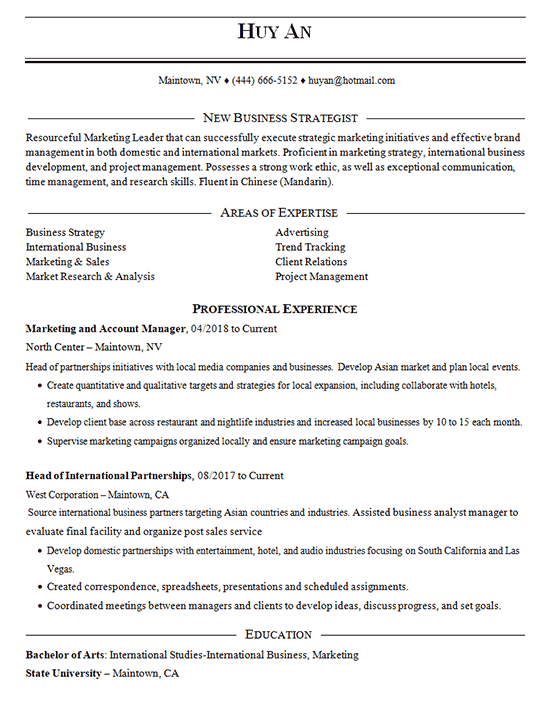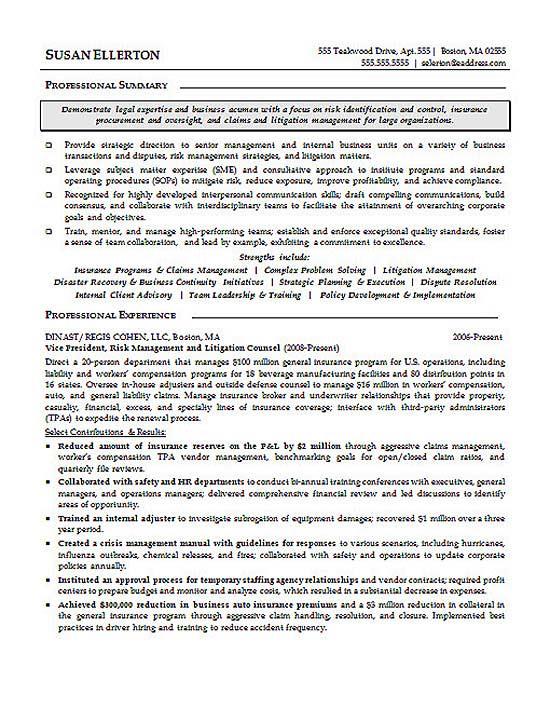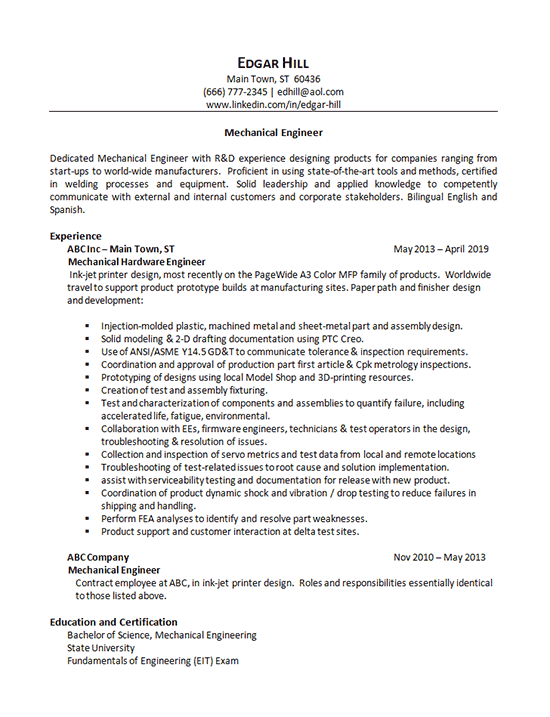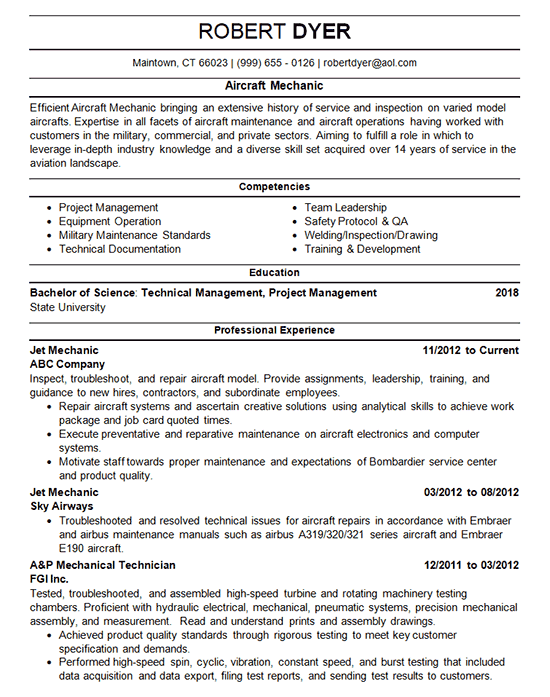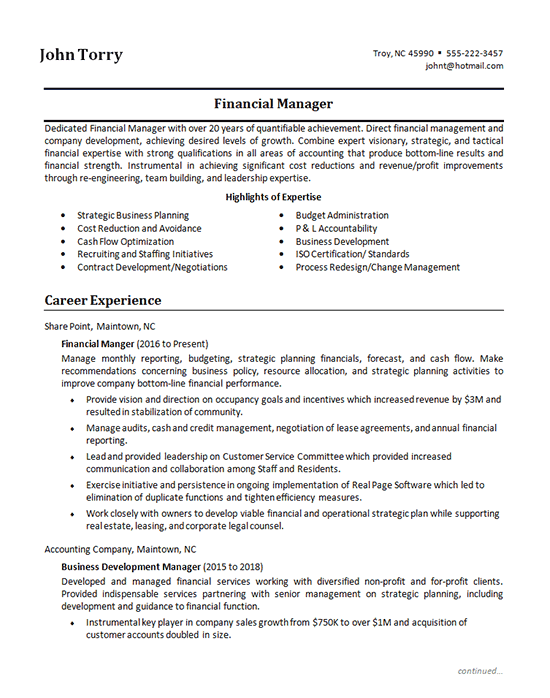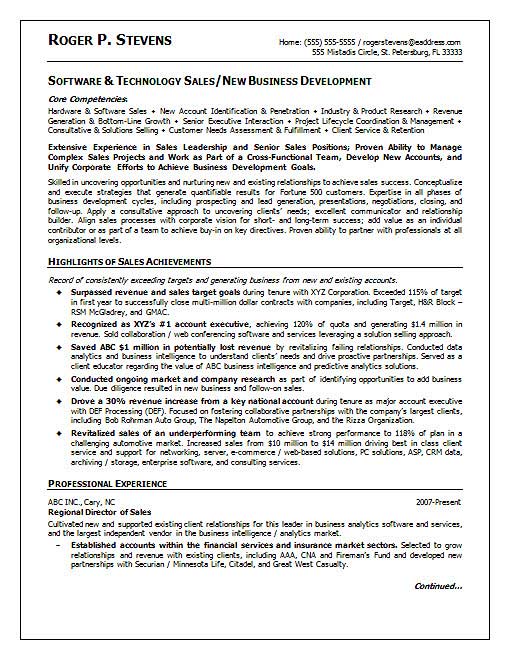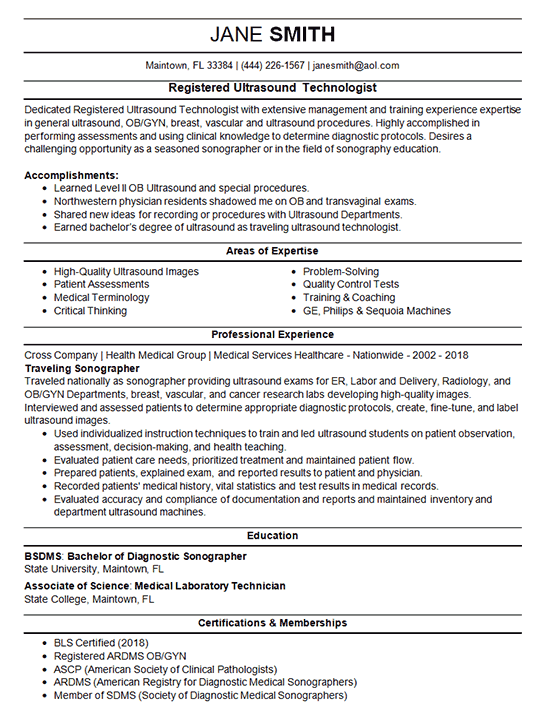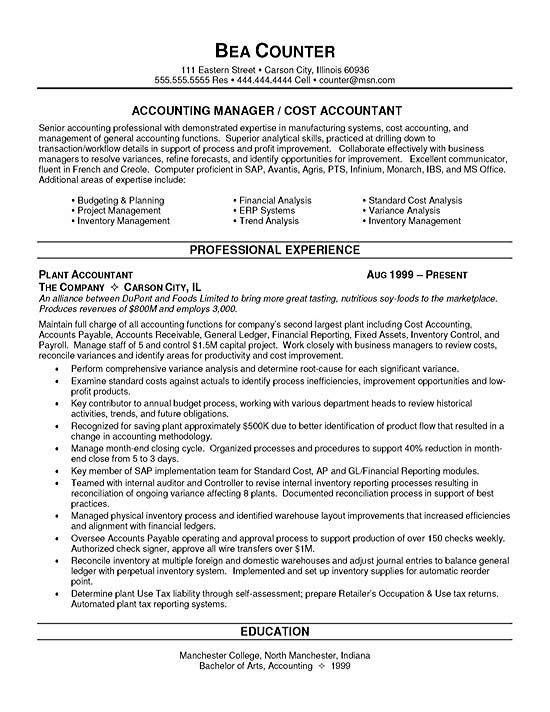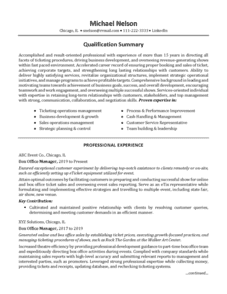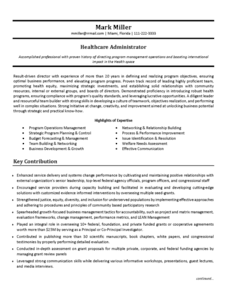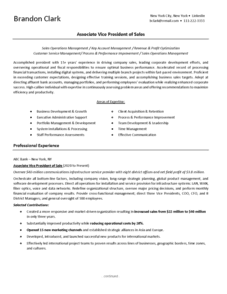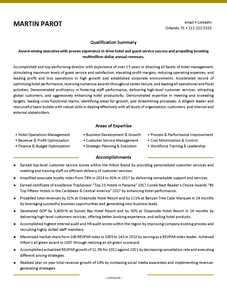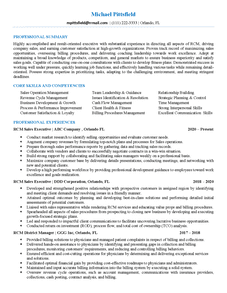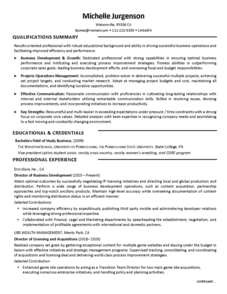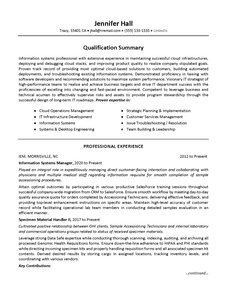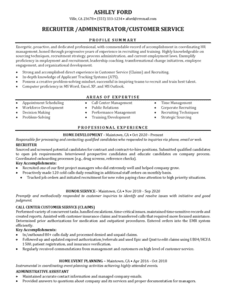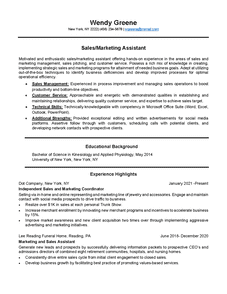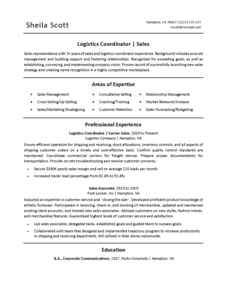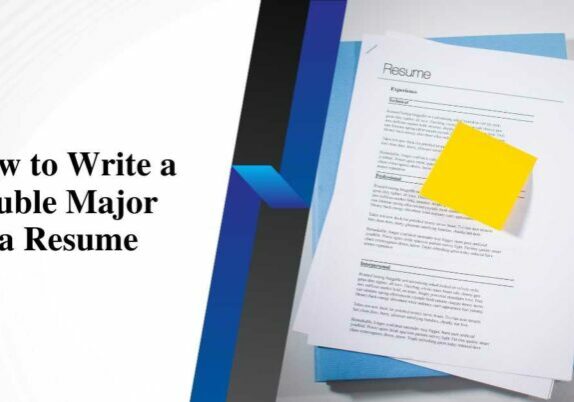This PhD resume was created for a very well-educated scientist that set career sights on providing education training in the bioscience field.
The job candidate worked in a variety of roles and delivered numerous online training platforms. To begin the resume, the writer highlighted some key qualities in an introductory statement and Summary of Qualifications section. These skills would be of interest to any potential employer in this field.
Unlike other circumstances for a client with experience in the field, Education was listed before Work History here. This was done because of the client’s exemplary, advanced education.
The writer did not want that to get buried and lost when being read by a potential employer. Therefore, the Professional Experience section was listed so that all accomplishments were clearly explained and key points were written in bold.
This was also the co-author of four published articles in various magazines. Publications were listed as a separate section to provide adequate attention. Anything that may demonstrate that a client is more qualified or recognized that other applicants should be highlighted as much as possible.
Relevant Technology Proficiencies were also included to conclude the scientist resume.
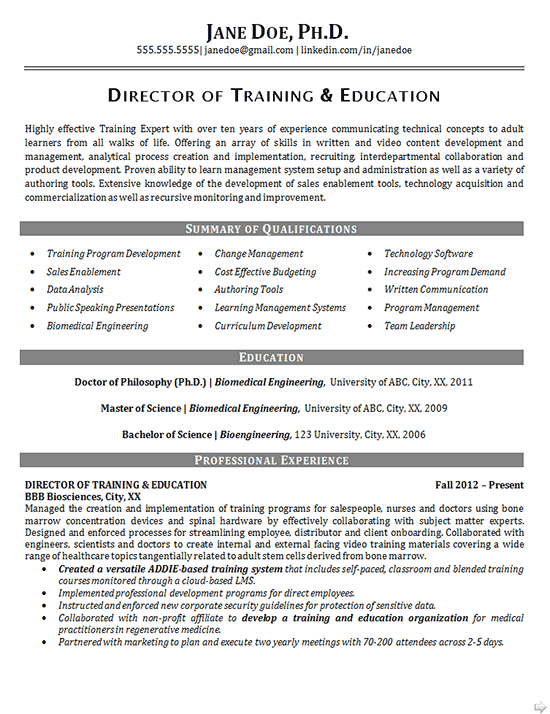
PhD Resume Example – Page 1
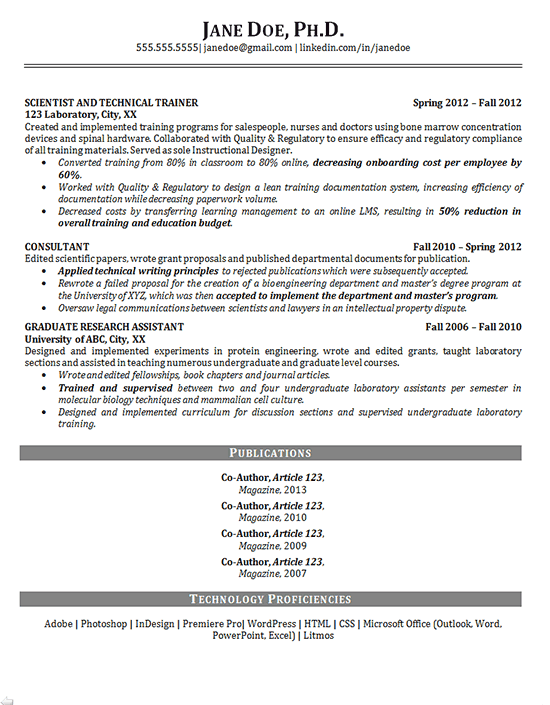
PhD Resume Example – Page 2
Summary Statements for Scientist – PhD Resume
Highly effective Training Expert with over ten years of experience communicating technical concepts to adult learners from all walks of life.
Offering an array of skills in written and video content development and management, analytical process creation and implementation, recruiting, interdepartmental collaboration and product development.
Proven ability to learn management system setup and administration as well as a variety of authoring tools.
Extensive knowledge of the development of sales enablement tools, technology acquisition and commercialization as well as recursive monitoring and improvement.
PhD Resume Resume Example Statements
- Managed the creation and implementation of training programs for salespeople, nurses and doctors using bone marrow concentration devices and spinal hardware by effectively collaborating with subject matter experts.
- Designed and enforced processes for streamlining employee, distributor and client onboarding.
- Collaborated with engineers, scientists and doctors to create internal and external facing video training materials covering a wide range of healthcare topics tangentially related to adult stem cells derived from bone marrow.
- Created and implemented training programs for salespeople, nurses and doctors using bone marrow concentration devices and spinal hardware.
- Collaborated with Quality & Regulatory to ensure efficacy and regulatory compliance of all training materials. Served as sole Instructional Designer.
- Edited scientific papers, wrote grant proposals and published departmental documents for publication.
PhD Resume Writing Guide
When applying for a PhD program, your resume is one of the most important documents you must prepare. It’s your chance to showcase your qualifications and experiences and convince the admissions committee that you’re the right candidate for the program.
But how do you create the perfect PhD resume for 2023?
This article guides you through writing a winning PhD resume and how to avoid a bad resume. We’ll cover everything from the best format to use to how to highlight your top skills and experiences and even how to write a cover letter that will make your application stand out.
By the end of this article, you’ll have all the tools you need to create a resume that will help you achieve your academic goals.
What Is a Resume for a PhD Program?
A well-crafted document outlining your qualifications and relevant experiences is essential for successfully applying to a doctoral program. This document is commonly known as a resume, and it is a snapshot of who you are, your academic background, and your professional achievements.
A resume for a PhD program should focus on your academic achievements and research and teaching skills. The education section is an essential part of your resume that you need to include. It should be placed high on the page and include your previous degrees, the awarding institution, dates attended, and location. Under each degree, create bullet points to highlight relevant achievements.
The employment history section should contain your research experience and educational work experiences. You should highlight your skills relevant to the PhD program you are applying to. Use the skills section to highlight your research areas, academic areas of interest, specialized skills, and teaching skills. Check the program requirements for specific qualifications to add to your skills section.
The key to a successful resume is to tailor it to the program you are applying to. Use keywords relevant to the program and the applicant tracking system (ATS) to screen resumes. A well-designed layout is crucial. Use a standard 1-inch margin, consistent font styles and sizes, and a professional and formal design.
Remember that this kind of resume differs from resumes created for employment opportunities. It should be a formal document that highlights your academic achievements and skills.
What Is the Best Format for Your PhD Resume
When crafting a resume for a PhD program, choosing a format that showcases your unique qualifications and experiences in a visually appealing way that captures the attention of admissions committees is essential.
Unlike a typical industry job resume, a PhD resume example should highlight your transferable skills, hard skills, and soft skills that are relevant to your academic pursuits. You can achieve this by organizing your resume into an experience section that highlights your research and educational work experiences, as well as any industry internships or volunteer work that may be relevant.
In addition to the experience section, include an academic CV section highlighting your educational background, certifications, and credentials. This section should be placed higher on the page to emphasize the importance of your academic achievements. List previous degrees, awarding institutions, dates attended, and location in the education section. You can also create bullet points under each educational experience to highlight relevant achievements, such as publications or academic awards.
Regarding design and layout, keeping your resume professional and tailored to the needs of the PhD program you’re applying to is essential. Use a standard 1-inch margin and consistent font styles and sizes. You can also use an expertly-designed resume template to ensure an excellent design with minimal headache.
Look for a layout highlighting your name and contact information and allowing additional sections, such as awards, publications, or referees. Remember that your PhD resume is a snapshot of who you are and your qualifications, so tailor it accordingly.
How To Create The Perfect PhD Resume Job Description
Crafting the perfect snapshot of your academic qualifications and achievements requires showcasing your unique skills and experiences in a visually appealing and tailored format that captures admissions committees’ attention.
One key element of crafting the best resume is a well-written job description. Your job description should be concise and highlight your relevant experience and skills. Use bullet points to make it easy for the hiring manager, recruiter, or employer to scan and understand your qualifications quickly.
When writing your job description, focus on your research and project management experience, as these are often highly valued skills in PhD programs. If you have non-academic work experience, include it, but only if it is relevant to the program you are applying to.
For example, if you worked in a lab or as a research assistant, this experience should be highlighted in your job description.
Finally, remember to keep your job description tailored to the specific PhD program you are applying to. Use keywords and phrases from the program description and research areas to highlight your alignment with the program’s focus.
By crafting a well-written job description, you can showcase your unique qualifications and experiences in a way that will catch the attention of admissions committees and help you stand out among other applicants.
How To Highlight Your PhD Skills
Want to make your professional resume stand out? Highlight your unique skills and experiences in a visually appealing way that catches admissions committees’ attention.
Your academic experience and research are vital to the success of your application, but highlighting your industry experience can also be beneficial. Use keywords relevant to your field to showcase your skills and experiences that align with the program you’re applying for.
Use bullet points and concrete examples to incorporate relevant skills and experiences into your resume. Don’t just list your qualifications; explain how they’ll benefit you in the program. Use resume examples or a resume builder to guide you in crafting a visually appealing layout that’s easy to read and shows off your credentials.
Keywords are also important, as many admissions committees use software to scan resumes for specific skills and experiences.
In short, your resume should highlight your strengths and experiences visually appealingly and be easy to read. Use bullet points, concrete examples, and relevant keywords to showcase your academic and industry knowledge. Tailor your resume to the program you’re applying for, and don’t be afraid to highlight your unique skills and experiences that set you apart from other applicants.
With our expert advice, you can create a standout resume that catches admissions committees’ attention.
Attach a PhD Resume and Cover Letter
Attaching a cover letter to your resume job application can demonstrate your professionalism and attention to detail while also providing an opportunity to showcase your passion and qualifications for the program. Your cover letter should be tailored to the specific program and highlight your experience and skills that are relevant to the job.
Take the time to research the program and industry employers to understand what they are looking for and how you can contribute to their goals. When writing your cover letter, use a professional tone and be concise. Avoid repeating information from your resume, but instead, use the letter to expand on your experiences and qualifications.
Highlight specific achievements and how they relate to the program and its goals. Be sure to mention your passion and interest in the field and your particular goals for pursuing a PhD. Writing tips for a cover letter include addressing the letter to a specific person, using keywords from the job description, and proofreading for errors and typos.
A well-written cover letter can set you apart from other applicants and increase your chances of getting an interview. Don’t underestimate the importance of a cover letter; take the time to craft a thoughtful and compelling one.
Frequently Asked Questions
When creating your education section for your resume, you should list your degrees chronologically, with the most recent degree first. It’s important to include each degree’s awarding institution, dates attended, and location.
The length of your PhD CV can vary depending on the program’s requirements, but it’s generally longer than a standard resume.
How Should You Include Your Degrees Within Your Education Section?
You’ve worked hard to earn your degrees, so showcase them prominently within your education section to demonstrate your academic achievements and qualifications.
Start by listing your most recent degree first, followed by previous degrees in reverse chronological order. Include the name of the degree, the awarding institution, the dates attended, and the location. This information is crucial to demonstrate your academic background and prove that you’ve completed the requirements to earn your PhD degree.
Under each degree, create bullet points to highlight relevant achievements, such as academic honors, research projects, or publications. These accomplishments will help demonstrate your expertise in your chosen field and make your resume stand out to potential employers in academia.
Remember that the education section should be high on the resume, preferably right after the header. Follow a professional resume sample layout that effectively showcases your education and qualifications.
How Long Should a PhD CV Be?
Now that you’ve learned how to list your degrees within your resume education section effectively let’s discuss the appropriate length for a CV.
As a PhD student or job seeker, it’s important to remember that your CV is not a standard resume that can be one or two pages long. It’s expected that a CV will be more extensive, providing a detailed overview of your work history, technical skills, and achievements.
Typically, a PhD CV should be between two to four pages long, depending on your work history and the job title you’re applying for. It’s essential to remember that employers may use an applicant tracking system (ATS) to filter through resumes, so including relevant keywords and tailoring your CV to the specific job posting is crucial.
Include all relevant work experiences, such as academic research positions, publications, and presentations, and highlight your technical skills and areas of expertise.
Remember, your CV is a comprehensive snapshot of your academic and professional achievements, so take the time to craft a solid and effective document.
Key Takeaways for a PhD Resume
Are you looking to craft a standout application for your doctoral program? Check out these essential tips for creating a winning CV highlighting your qualifications and experience.
When you write a PhD resume, it’s essential to tailor it to the program you’re applying to. Research the program’s application process and focus areas to ensure your CV showcases your relevant skills and experience.
Regarding the layout of your resume, remember that it deviates from standard resume formats. The education section should be placed higher up on the page, followed by research experience and educational work experiences. Nonacademic jobs should be left out unless they are relevant to the program or show transferable skills.
Use a chronological or combination resume format, depending on your experience. Highlight your key skills in the skills section, and use bullet points to detail your research experience and achievements.
Remember that your resume is a snapshot of who you are and your work or degrees. Include your name, contact information, and social media profiles in the header. Your resume summary should be formal and mention the program and university you’re applying to. If the program requires specific qualifications, add them to your skills section.
Finally, use a professionally-designed resume template to create a great design with minimal headache.
Conclusion
Congratulations, you’ve crafted a well-tailored and professional PhD resume! Your attention to detail and focus on relevant experience and skills will undoubtedly impress admissions committees.
Remember, your resume reflects your academic and professional achievements, so make sure it’s polished and refined. Your education section should be prominently displayed, showcasing your academic achievements and research interests.
The format of your resume should be easy to read and visually appealing, allowing for easy navigation and comprehension. In the competitive world of academia, your resume is a crucial component of your application package.
It’s your chance to showcase your qualifications and stand out. So take the time to craft a well-crafted and tailored resume that highlights your unique skills and experiences. With a little effort and attention to detail, you can create a resume that stands out and sets you apart from the competition.
Best of luck in your academic endeavors, and may your resume lead you to success!

